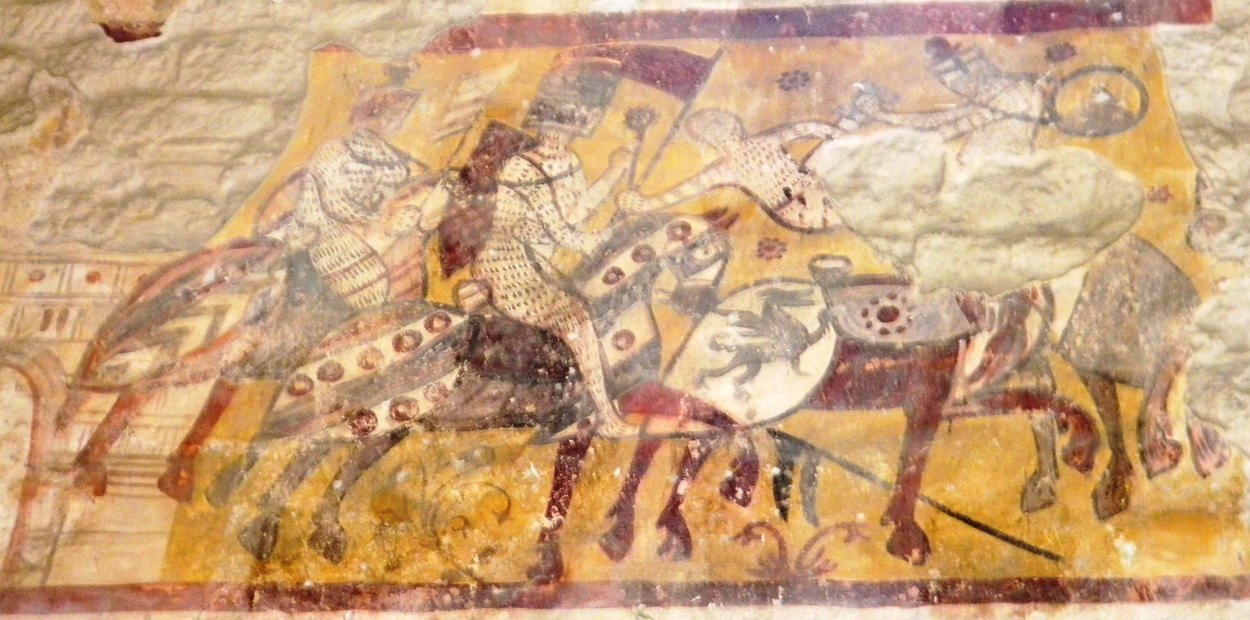
Join Amazon Prime - Watch Thousands of Movies & TV Shows Anytime - Start Free Trial Now
Templar Fresco, Church of San Bevignate, Perugia, Umbria, Central Italy, 13th Century



San Bevignate is a church in Perugia, Umbria, central Italy. The church was commissioned by the Templars in substitution of their former church of San Giustino d'Arna, from which they had been ousted in 1277. San Bevignate, for whom it is named, was a rather mysterious local hermit who had a notable following among Perugia's people but was in fact never officially canonized.
The church was built around 1250. In 1312, after the suppression of the Templar Order, it was acquired by the Hospitalliers. In 1324 Ricco di Corbolo, a rich Perugine merchant, acquired the whole complex and housed there a feminine monastic community. In 1517 the nuns left the convent, which returned to the Knights of Malta. In 1860 the church was secularized.
The sober interior of the church has great similarities with the chapels built by the Templars in the Holy Land. It has a single nave with groin-vaulted ceiling. The square apse, containing typical Templar architectural motifs such as the cosmological cross and stars, is introduced by a large triumphal arch. Works of art include the Procession of Flagellants, a Battle Between Templars and Muslims, the Legend of San Bevignate and other 13th-century frescoes.